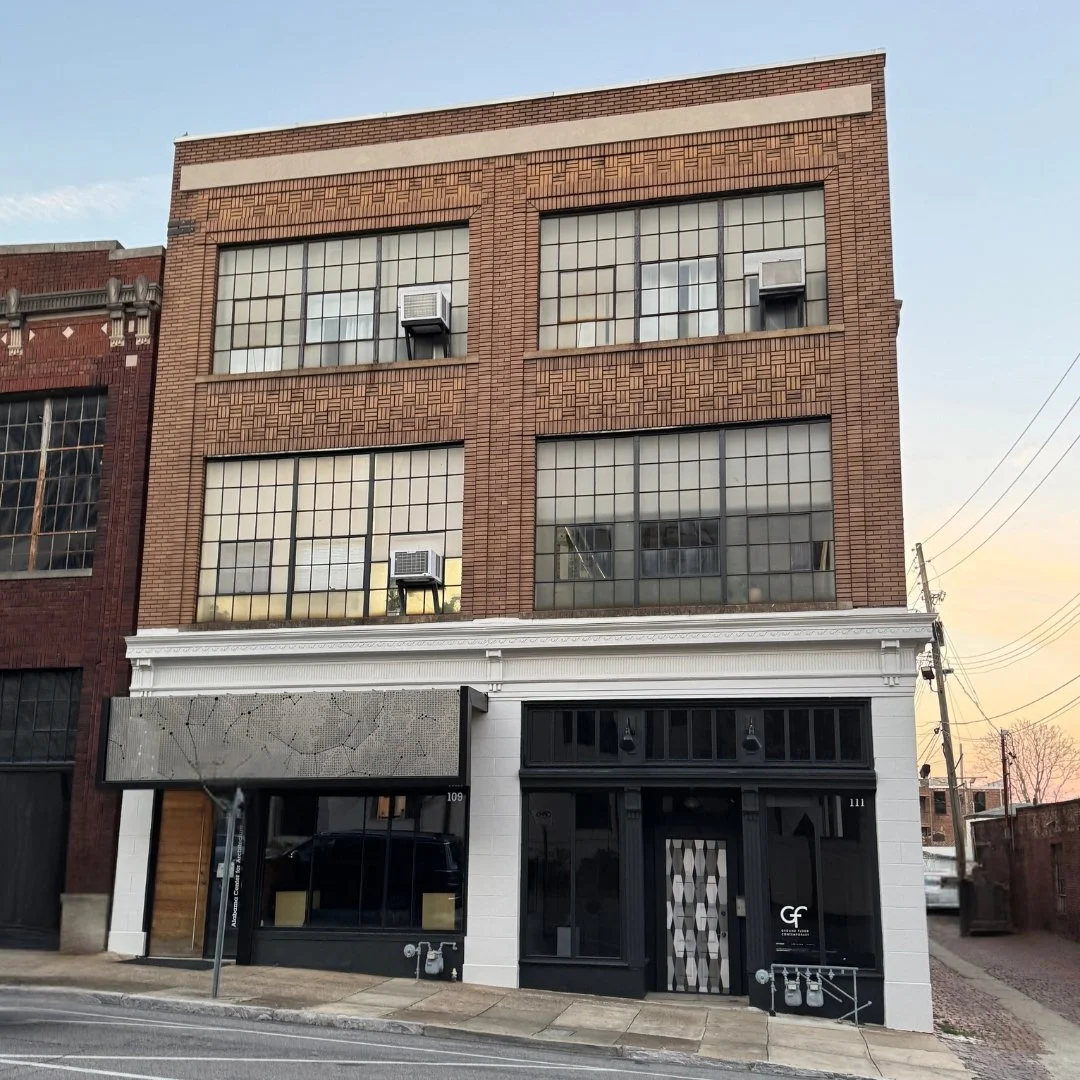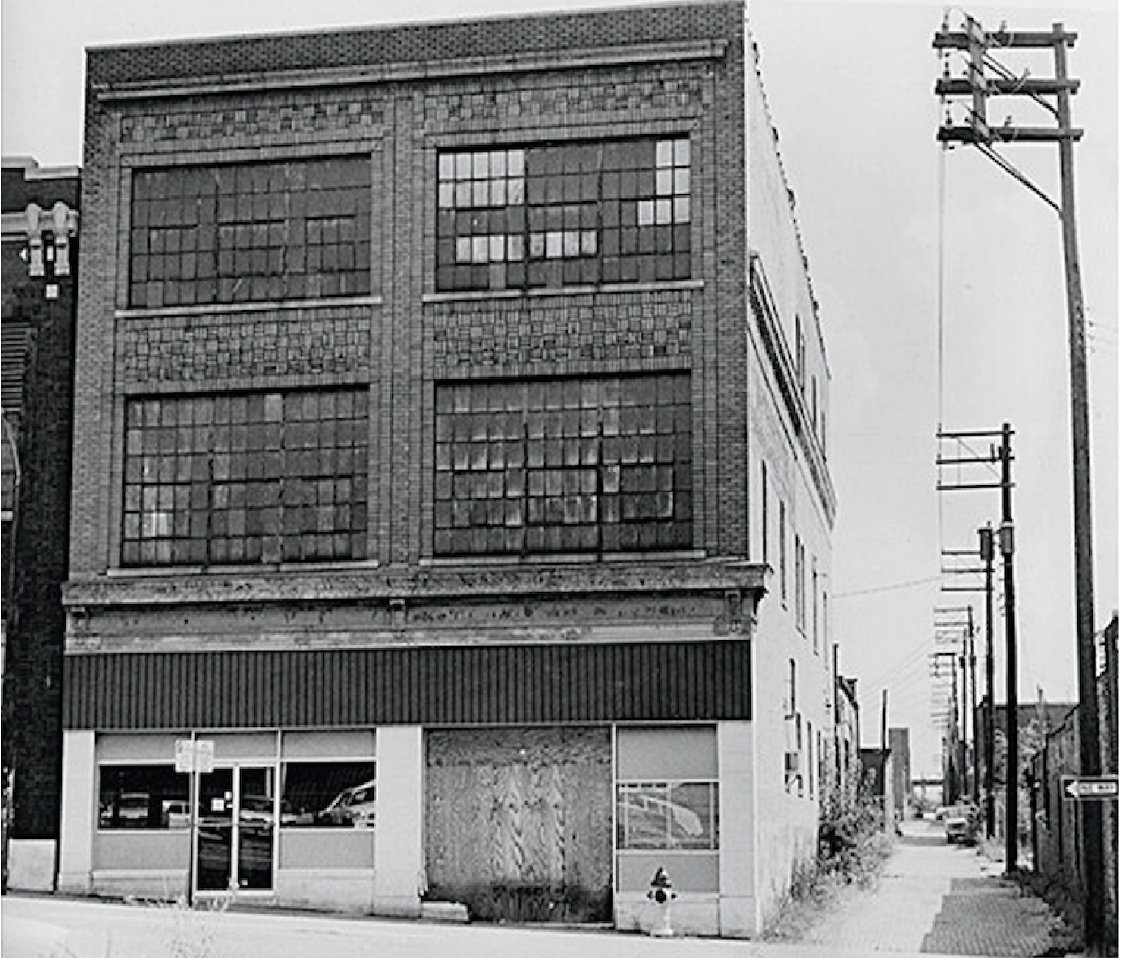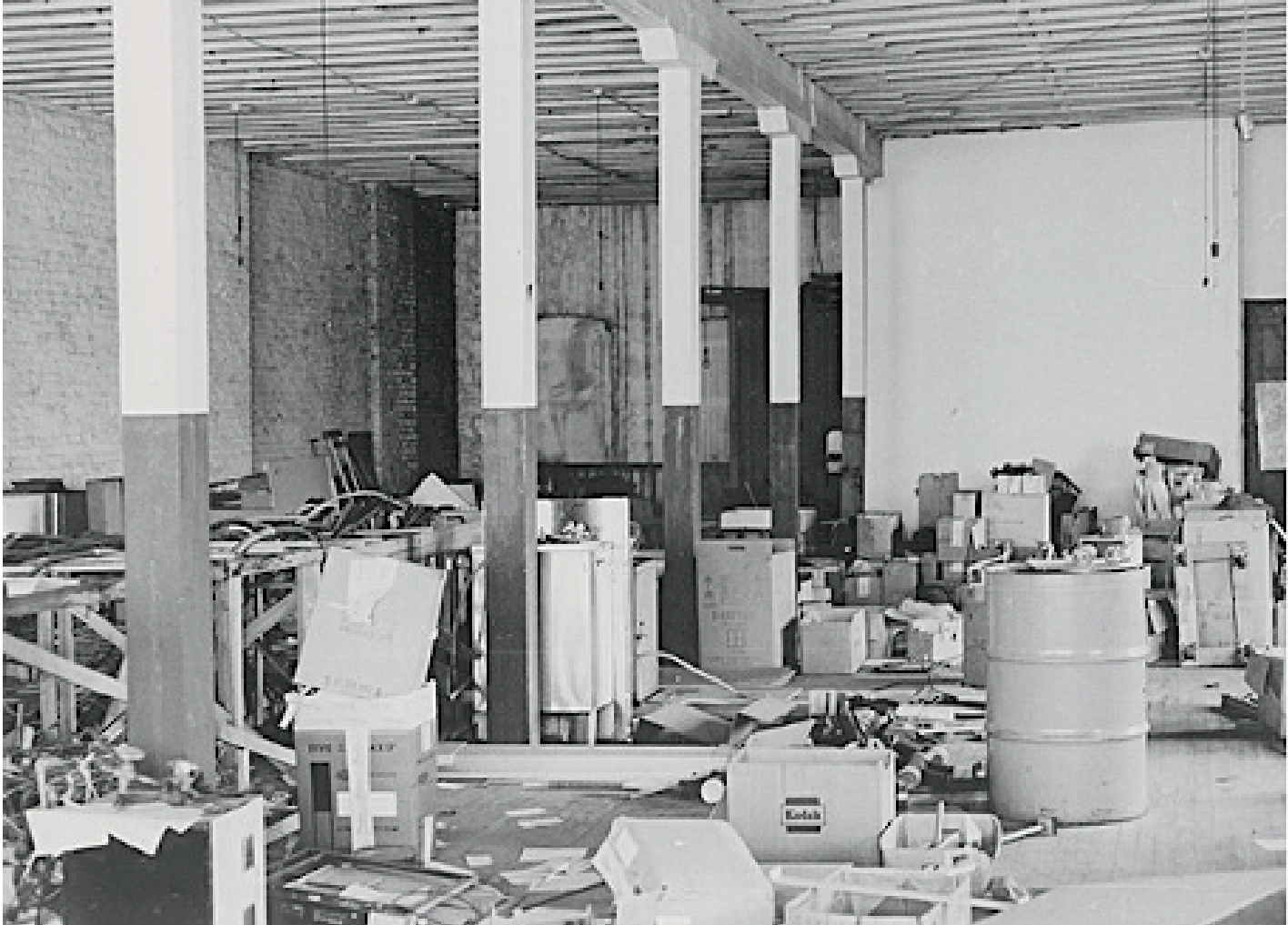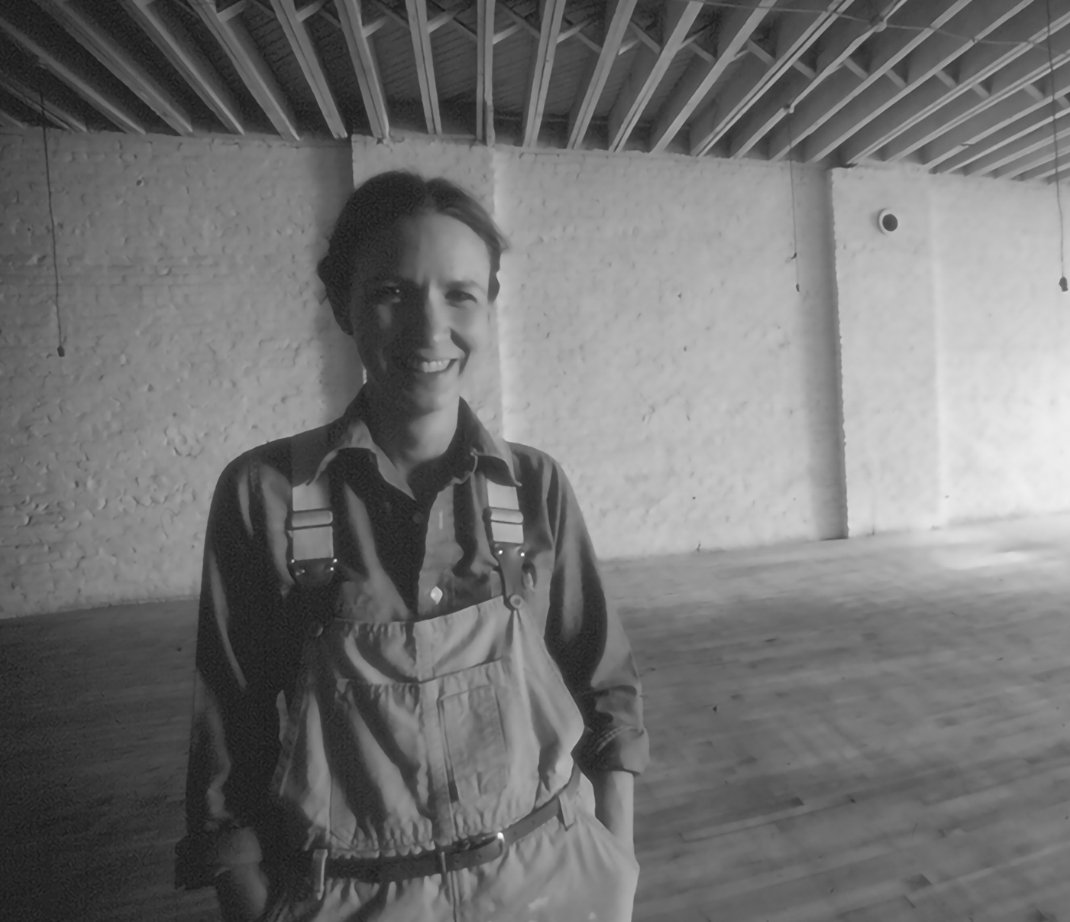Now & Then
Great Jones Street Press launched in 2020 with the publication of the monograph SARA GARDEN ARMSTRONG: Threads and Layers, along with a limited edition of the same name. Originally, the monograph was to have been published by a university press, but Armstrong’s vision of its scope was in conflict with the schedule of the press. However, having begun the project, Armstrong persisted.
“I knew that with time I could produce a good book, even if I had to publish it myself. This I decided to do, with the help of a team. As with all my work, the process of developing and producing the book generated new options and insights, leading to many changes as it evolved.”
Thus began Great Jones Street Press.
Armstrong spent 36 years in New York City and once owned the ground floor loft space at 43 Great Jones Street, in the Noho district, a mostly industrial neighborhood at the time, also home to artists. Her experience living in the neighborhood and renovating a loft is documented in the monograph, as is her experience within the Birmingham live/work loft movement. Since 1979 she has owned a building at 109-111 Richard Arrington Jr. Blvd. South, now home to Great Jones Street Press.
Now & Then
Great Jones Street Press launched in 2020 with the publication of the monograph SARA GARDEN ARMSTRONG: Threads and Layers, along with a limited edition of the same name. Originally, the monograph was to have been published by a university press, but Armstrong’s vision of its scope was in conflict with the schedule of the press. However, having begun the project, Armstrong persisted.
Thus began Great Jones Street Press.
Armstrong spent 36 years in New York City and once owned the ground floor loft space at 43 Great Jones Street, in the Noho district, a mostly industrial neighborhood at the time, also home to artists. Her experience living in the neighborhood and renovating a loft is documented in the monograph, as is her experience within the Birmingham live/work loft movement. Since 1979 she has owned a building at 109-111 Richard Arrington Jr. Blvd. South, now home to Great Jones Street Press.
“I knew that with time I could produce a good book, even if I had to publish it myself. This I decided to do, with the help of a team. As with all my work, the process of developing and producing the book generated new options and insights, leading to many changes as it evolved.”

21st Street Building, 2025

Great Jones Street Press

Ground Floor Contemporary

AIA Birmingham & AL Center for Architecture
Advisory Committee:
Alice Bowsher, Architectural Historian and Author
Barb Bondy, Connecting Art & Science, Emeritus Professor, Auburn University
Jay Lamar, Writer and Editor for Scholarly and Professional Publications
Laura Woodard, Librarian & Archivist, Birmingham Museum of Art
Rhea Williams, Executive Director of Alabama Center for Architecture
Steffany Martz, New York-based Gallerist and Writer
Staff:
Tara Lee Stallworth, Distribution Coordinator
Savannah Lowery, Website Developer
Craig Legg, Editor
Sara Garden Armstrong, Consultant

21st Street Building, 1979

Before Renovation

After Sanding 2nd floor, 3,500 sq. ft.

First Live/Work Studio
History
In 1979, when Armstrong bought her building in Birmingham and set about making it habitable, she unleashed a profound influence on her art-making—and on the places where she would live and work—for decades to come. The decision to buy came after she lost leases in quick succession on her first two studios. She figured if she could buy a building, she could gain control of her creative future.
What she could afford, however, as an emerging artist, was limited—even with a partner taking on one-third of the cost and sharing the renovation work. The building would have to be old and without amenities, but ideally have lots of space and light. To keep down expenses, she would need to live there. Soon, she found a three-story building on the edge of downtown, in what historically had been a warehouse and automotive district. Originally a two-story structure occupied by a sheet-metal fabricator and supplier of roofing and furnaces, the long-neglected building dated from the end of the nineteenth century. A third story was added around 1910 and, perhaps a decade or two later, the facade of the top two floors was remodeled.
By the time Armstrong took ownership, the building was unoccupied except for great quantities of X-ray equipment left by a previous owner. Beneath the clutter, however, 3,800-square-foot floors stretched expansively beneath fourteen-foot ceilings. Armstrong matched her partner’s construction experience with her own can-do confidence, keen desire to learn, and eagerness to create a space for making art. She grabbed hold of the work to be done, unafraid of tackling the unknown. “I’ll figure it out” has been her mantra for projects large and small ever since.
After months of heavy labor—removing abandoned equipment and sanding decades of stains and debris built up from metal fabrication—the second-floor studio space was functional. A bed and hot plate made it livable. Not only did Armstrong’s new construction experience equip her with skills for renovating future spaces in New York, but it also translated into her art, from incorporating drywall and lumber, to handling a variety of tools, to marshaling a team to provide skills she lacked.
- Alice Meriwether Bowsher, “A Space to Call Home: A Place to Work”, Sara Garden Armstrong: Threads & Layers, 2020



